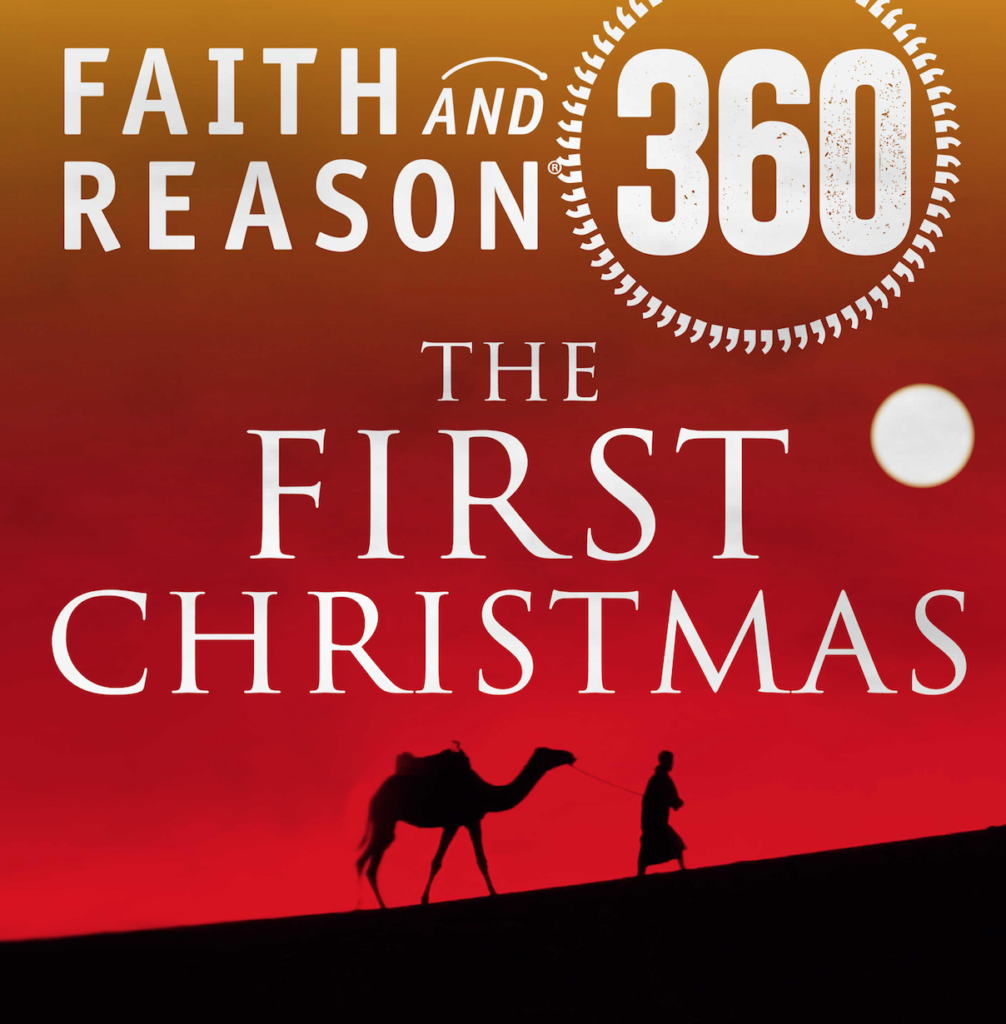FaithandReason® 360 Podcast brings you “The First Christmas” with special guest John Dominic Crossan

For Christians who observe the church calendar, we have begun the season of Advent, the period of four Sundays leading up to Christmas. Advent means “coming” in Latin, and this is the coming of Jesus into the world. Many Christians use the four Sundays and weeks of Advent to prepare and remember the real meaning of Christmas.
FaithandReason® is bringing you a 4-part “Advent Podcast Series” with special guest John Dominic Crossan! Once a week for the next four weeks, we will interview Dr. Crossan about “The First Christmas,” the book by Crossan and the late Marcus Borg.
Differences between Jesus’s Infancy story in Matthew and Luke
Although our traditional nativity crib scene has the Shepherds and the Magi there together, each actually belongs to a different story. The Magi are from Matthew alone and the Shepherds from Luke alone. That difference draws attention to the fact that the two stories of Jesus’s Infancy are rather completely different in mood and content.
Why are there different stories around Jesus’ birth?
Matthew tells the story of Herod and the wise men, as well as the genealogy of Jesus. Mary and Joseph flee from Herod because he wants to kill first born babies. Matthew, interested in placing Jesus directly in the Davidic royal bloodline, makes his intention plain: he wants to restore Israel to its former prominence. Wise men come from far east to find Jesus–to bow at his feet and recognize him as their promised king.
Luke tells the story of the shepherds in the field. Luke is more interested in Jesus as the healer, a person directly helping the poor, and interested in compassion, mercy, and healing. This Jesus story stresses the very humble beginnings of life.
So, what will “The First Christmas” podcast cover?
- The Infancy Story of Matthew as Parabolic Overture to that Gospel. Imagine Matthew 3-28 as the finished Gospel according to Matthew and the author starting to compose its parabolic overture. How was that overture necessarily and inevitably determined by the vision of the completed Gospel?
- The Infancy Story of Luke as Parabolic Overture to that Gospel. Imagine Luke 3-24 as the finished Gospel according to Luke and the author starting to compose its parabolic overture. How was that overture necessarily and inevitably determined by the vision of the completed Gospel?
- Agreements between Jesus’ Infancy Story in Matthew and Luke. Despite being divergent parabolic overtures to two different Gospels, Matthew and Luke agree on the Virginal conception and Bethlehem birthplace of Jesus. As common data, are those claims historical facts or theological interpretations? What is the meaning and intention of each claim in its original context?
